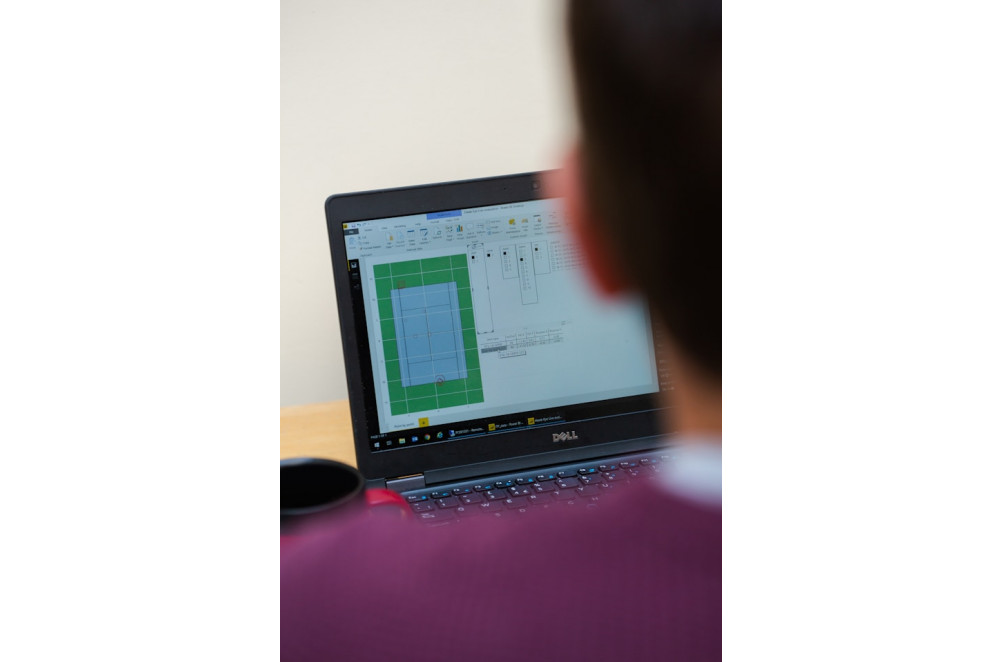Choosing the Right Industrial Monitoring System for Your Manufacturing Needs
Selecting the right industrial monitoring system is crucial for optimizing your manufacturing processes, improving efficiency, and ensuring product quality. Here’s a comprehensive guide to help you choose and implement an industrial monitoring system tailored to your specific manufacturing requirements.
Choosing the Right Industrial Monitoring System for Your Manufacturing Needs
1. Identify Your Needs and Goals
Step:
- Assess Current Processes: Begin by evaluating your current manufacturing processes and identifying areas where monitoring could improve efficiency, quality, or productivity.
- Set Clear Objectives: Define what you hope to achieve with an industrial monitoring system, such as reducing downtime, improving product quality, or enhancing resource utilization.
Example: A manufacturer aiming to reduce machine downtime should focus on a system with strong predictive maintenance features.
2. Evaluate Key Features and Capabilities
Step:
- Real-Time Monitoring: Ensure the system can provide real-time data on machine performance, production metrics, and process parameters.
- Predictive Maintenance: Look for features that enable predictive maintenance to anticipate and prevent equipment failures.
- Quality Control: The system should offer robust quality monitoring capabilities to detect and address defects in real-time.
- Data Analytics and Reporting: Advanced analytics and comprehensive reporting tools are essential for making informed decisions and continuous improvement.
Example: According to a report by McKinsey & Company, manufacturers that utilize predictive maintenance can reduce machine downtime by up to 30% (Gartner).
3. Consider Integration Capabilities
Step:
- Compatibility with Existing Systems: Choose a monitoring system that integrates seamlessly with your existing ERP, MES, and other enterprise systems.
- APIs and Connectivity: Ensure the system supports APIs and other connectivity options for easy integration with IoT devices and other software tools.
Example: RSM highlights the importance of system integration, noting that seamless connectivity with existing systems is crucial for leveraging the full benefits of industrial monitoring software (RSM US).
4. Evaluate Scalability and Flexibility
Step:
- Future-Proofing: Select a system that can scale with your business growth and adapt to future changes in production volume or process complexity.
- Customization: Look for solutions that allow customization to fit your specific operational needs and industry requirements.
Example: Advanced Technology Services (ATS) emphasizes that scalability and flexibility are key factors in ensuring long-term utility and adaptability of monitoring systems (Advanced Technology Services).
5. Assess User-Friendliness and Support
Step:
- Ease of Use: The user interface should be intuitive and easy to navigate, ensuring that your team can quickly learn and use the system effectively.
- Training and Support: Consider the availability of training resources and ongoing technical support to assist with implementation and troubleshooting.
Example: Manufacturing Today notes that user-friendliness and robust support are critical for successful adoption and sustained use of new technology (Manufacturing Today).
6. Analyze Cost and ROI
Step:
- Initial Costs: Evaluate the initial investment required for hardware, software, and implementation.
- Ongoing Costs: Consider subscription fees, maintenance, and support costs.
- Return on Investment: Conduct a thorough cost-benefit analysis to ensure the system will provide a favorable return on investment.
Example: Gartner reports that understanding the total cost of ownership and expected ROI is essential for justifying the investment in a new industrial monitoring system (Gartner).
7. Review Security and Compliance
Step:
- Data Security: Ensure the system employs robust security measures, including encryption and access controls, to protect sensitive production data.
- Regulatory Compliance: Verify that the system complies with relevant industry standards and regulations, such as ISO, GDPR, or sector-specific requirements.
Example: Ensuring data security and regulatory compliance is critical, as highlighted by various industry reports and best practice guidelines.
Implementation Tips
-
Pilot Testing:
- Start Small: Implement the system in a single department or production line to test its effectiveness and identify any issues before a full-scale rollout.
- Gather Feedback: Collect feedback from users during the pilot phase to make necessary adjustments.
-
Training and Onboarding:
- Comprehensive Training: Provide thorough training for all users to ensure they understand how to use the system and its features.
- Continuous Support: Offer ongoing support and resources to help users troubleshoot issues and maximize the system’s benefits.
-
Continuous Improvement:
- Regular Reviews: Periodically review the system’s performance and its impact on your operations.
- Update and Upgrade: Stay informed about updates and new features from the vendor to continuously enhance the system’s capabilities.
Conclusion
Choosing the right industrial monitoring system involves careful consideration of your specific needs, key features, integration capabilities, scalability, user-friendliness, cost, and security. By following this guide and implementing the system thoughtfully, manufacturers can optimize their operations, improve efficiency, and achieve significant cost savings. Leveraging insights from industry reports and case studies will further support making an informed decision.
Interested in digital transformation? Let's discuss!
